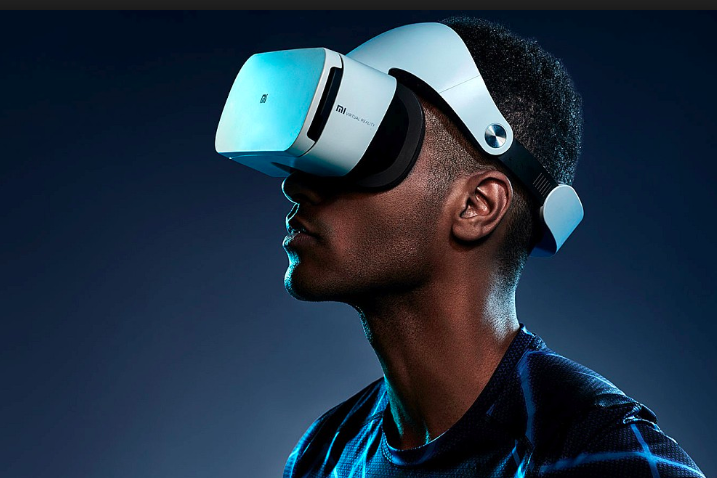
Are VR & Big Data Really Preventing Potential Cyber Security Attacks?
When you’re fighting a virtual criminal, you need a virtual cop.
In the race to stay one step ahead of hackers, security experts are getting creative with their approaches to cybercrime prevention. In addition to encryption and other standard defense tools, we’re beginning to see virtual reality (VR) and big data technology being developed to fight off sophisticated cyber attacks.
Cybercrime is a growing issue that is making organizations and consumers alike uneasy. Although cybersecurity has come a long way, cybercriminals have become more sophisticated almost in tandem with new efforts to prevent data theft. It’s no longer enough to be smart about the kinds of attachments you open in an email, because 77% of compromised attacks in 2017 were file less. These days, we have to think in new ways to fight off hackers.
Could VR and big data really be part of that solution? Let’s find out.
Data as a Defense
Traditionally, firewalls and other types of cybersecurity measures were focused on keeping hackers out. That makes a lot of sense, but it’s no longer proving effective, particularly for protecting large distributed networks that are becoming the norm. Instead, companies like the startup Illusive Networks are aiming to use the vast amount of data and different steps within a network to confuse criminals once they’ve entered the system. The idea is to create obstacles and force decisions that could kick hackers out before they get anywhere near valuable data.
An Innovative Approach to Stop Data Breaches
Think of VR and big data in cybersecurity as setting a trap. If there are twenty doors and only three are real, the odds of the hacker choosing the right one just by guessing are slim. Then, once they’ve opened the wrong door, the system understands that the hacker is an intruder who is just guessing at the steps needed to reach the most valuable data. At that point, the system locks the hacker out. That’s what Illusive Networks is trying to do: make cybercriminals “slip up” and make a mistake.
The Future of Digital Protection
In addition to setting traps, new technology could potentially change the cybersecurity game in other ways. VR, which is best known for enhancing the video game experience, is now bringing cybersecurity into a whole new world.
In something straight out of The Matrix, cybersecurity analysts may soon no longer spend their days looking for breaches on 2D screens with limited functions, but wearing a VR headset and patrolling virtual corridors within the network to protect its defenses. These analysts would become virtual cops, looking for intruders and manually keeping data safe. To get head, cybersecurity companies and professionals should be leveraging online virtual reality resources and mastering the ins and outs of this burgeoning technology. This way, when it’s time to fully implement VR, specialists will already be one step closer to mastering the tech and focusing on what’s important: protecting cyber infrastructures.
Gamifiying Security
Businesses have to take security seriously in order to protect all the sensitive data they’re collecting and protecting. By 2020, we can expect to see the big data market reach $76 billion, with businesses of all size leveraging data to gain a competitive edge.
As it stands now, cybersecurity is extremely important to the global economy, but it’s not necessarily the most glamorous tech job in the world, or the easiest to get into. By introducing VR into the equation, it might make barriers to entry lower and more appealing to a visual generation. After all, if your job is a little bit like playing a video game, you might be more enthusiastic about getting out of bed in the morning.
Guest Blogged by Glen Riley
